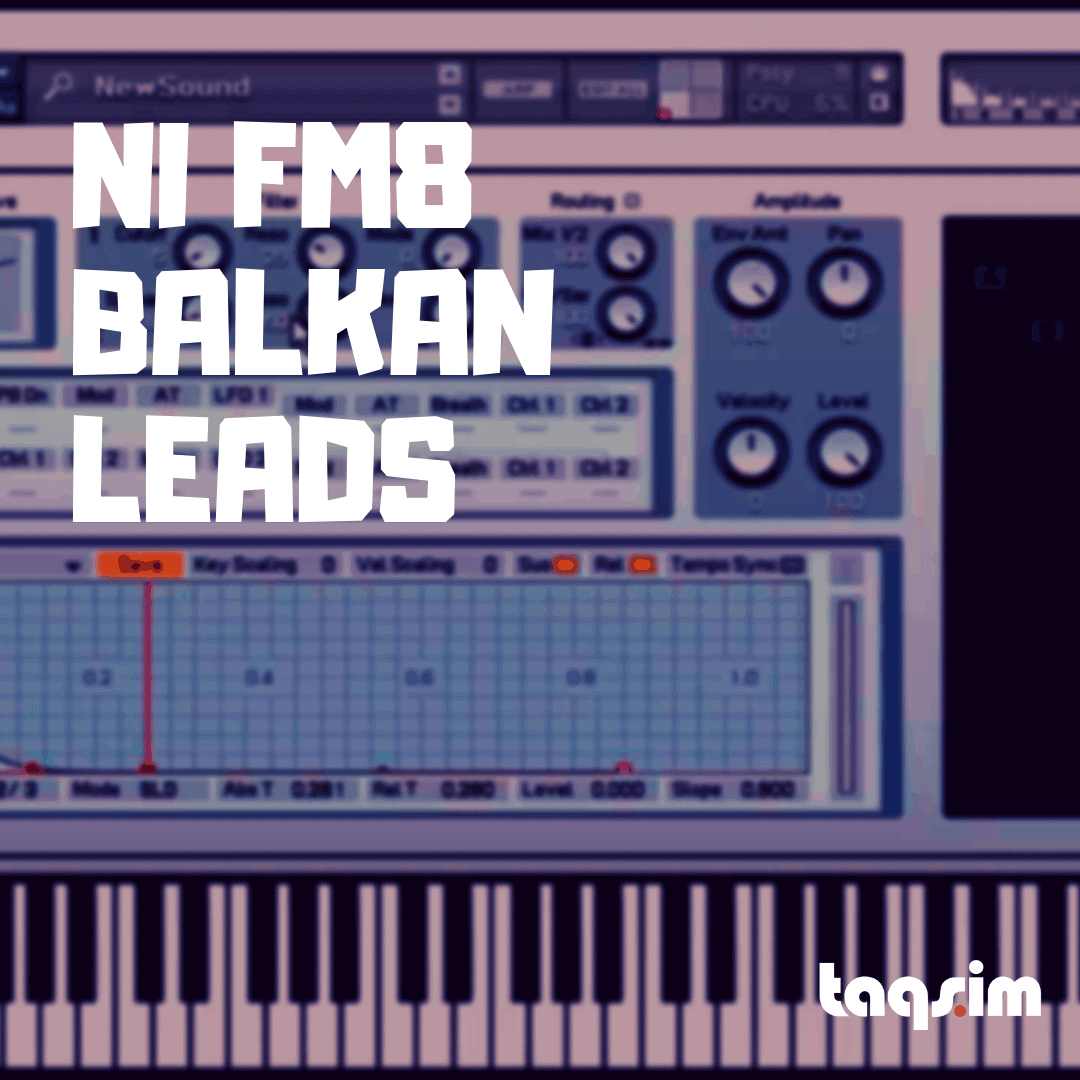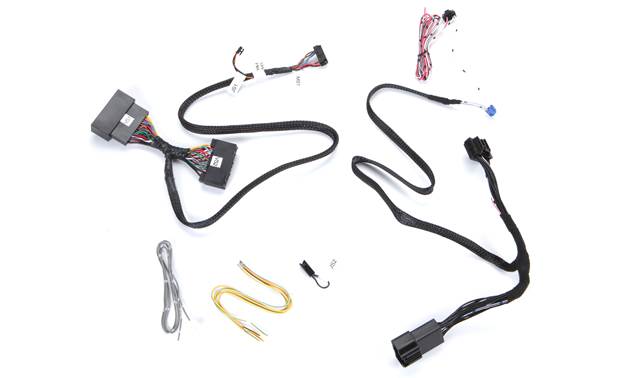

The “inputs” are the test fixture irradiance (above) and test diffuser BRDF.Radiance calibration “output” is instrument response to a known radiance target.See backup slides for lamp and mirror trend data.Redundancy in sources and test fixtures ensure irradiance calibration accuracy.The “inputs” are lamp irradiance and collimating mirror reflectance.Irradiance calibration “output” is instrument response to a known source of irradiance (the irradiance of our test fixture).Radiometric Accuracy for SBUV/2 Instruments Radiometric Accuracy Requirements from GSFC S-480-31C No requirement for radiometric accuracy below 200 nm.

Radiance errors assume test diffuser calibration accuracy of.We use deuterium lamps in this wavelength range.6% for argon mini-arc lamps 200-250 nm.Irradiance errors assume lamp calibration accuracy of.Absolute radiometric accuracy for the instrument as shown in the charts below (on the following slide).“Quartz iodide, argon arc or other standard sources of spectral irradiance used for preflight calibration shall be the best sources that can be provided by the National Bureau of Standards”.The GSFC specification for SBUV/2 requires:.Actual meeting agenda will be presented on-screen.Radiometric calibration constants for FM8.Comparison of radiometric calibration in 20.



 0 kommentar(er)
0 kommentar(er)
